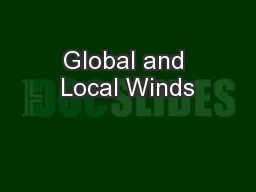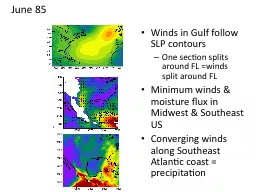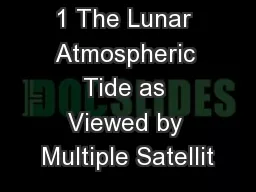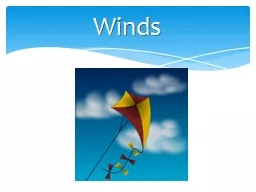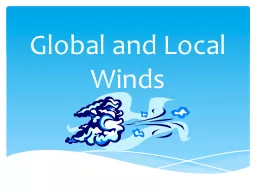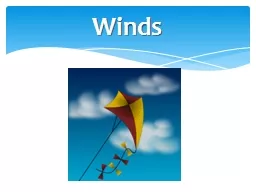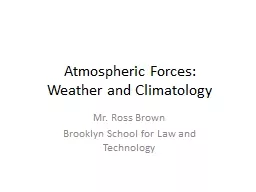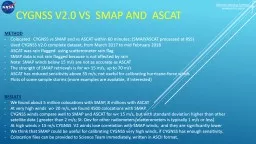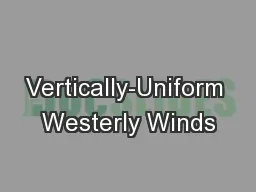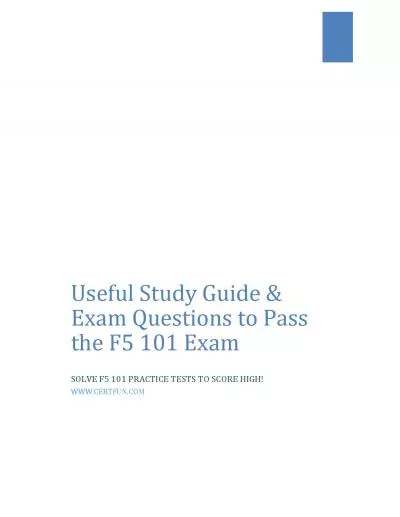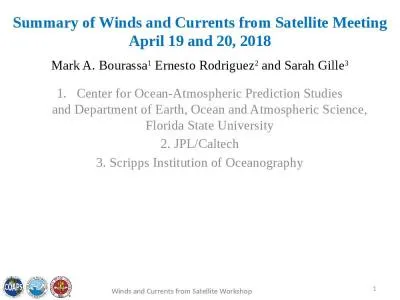PPT-Winds and Forces Atmospheric Sciences 101
Author : conchita-marotz | Published Date : 2019-12-21
Winds and Forces Atmospheric Sciences 101 Winter 2019 Wind the movement of air in the atmosphere Why are there winds Differences in pressure between locations Why
Presentation Embed Code
Download Presentation
Download Presentation The PPT/PDF document "Winds and Forces Atmospheric Sciences 10..." is the property of its rightful owner. Permission is granted to download and print the materials on this website for personal, non-commercial use only, and to display it on your personal computer provided you do not modify the materials and that you retain all copyright notices contained in the materials. By downloading content from our website, you accept the terms of this agreement.
Winds and Forces Atmospheric Sciences 101: Transcript
Download Rules Of Document
"Winds and Forces Atmospheric Sciences 101"The content belongs to its owner. You may download and print it for personal use, without modification, and keep all copyright notices. By downloading, you agree to these terms.
Related Documents


